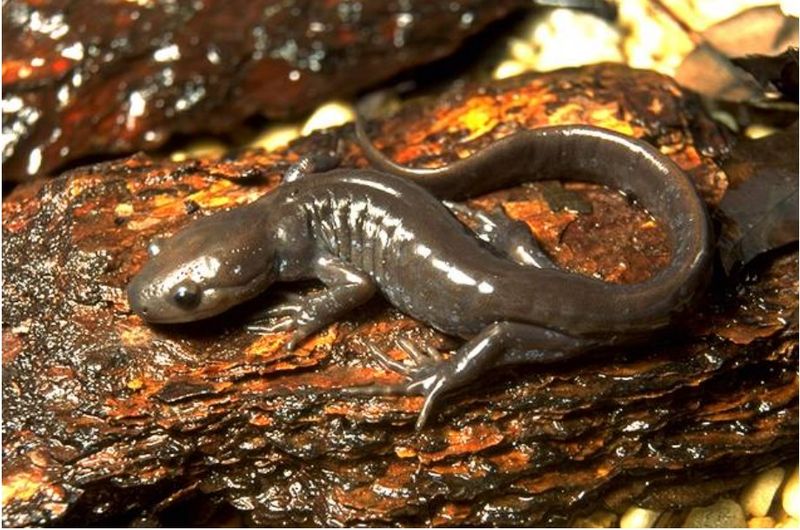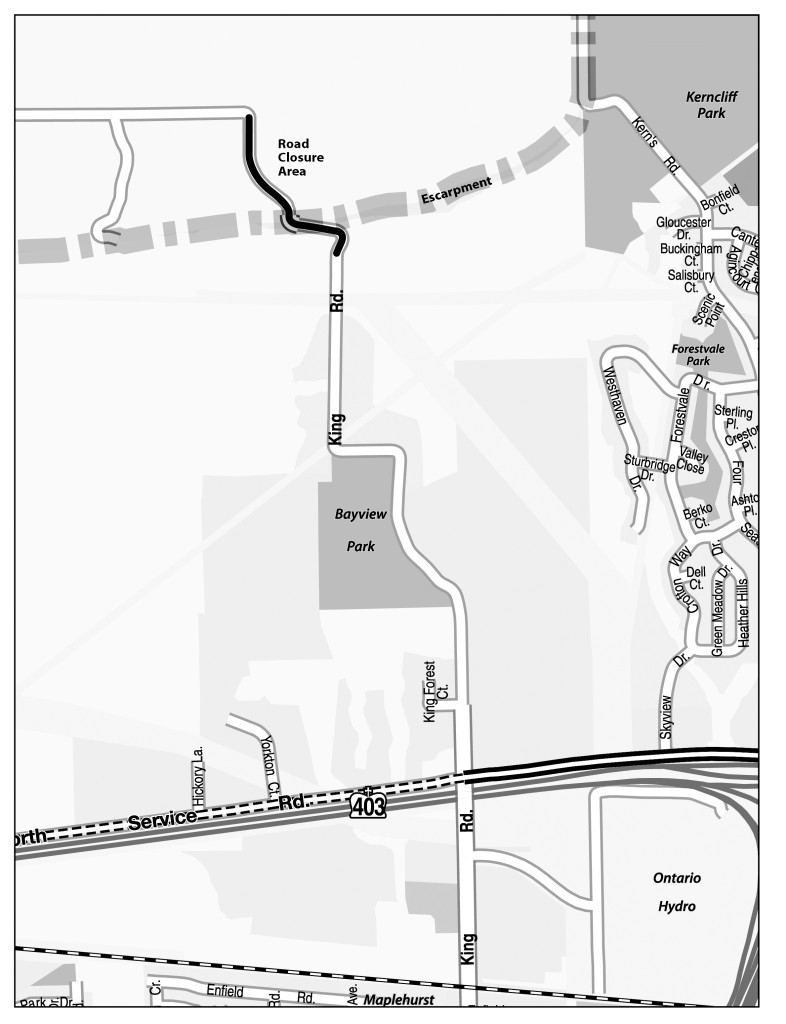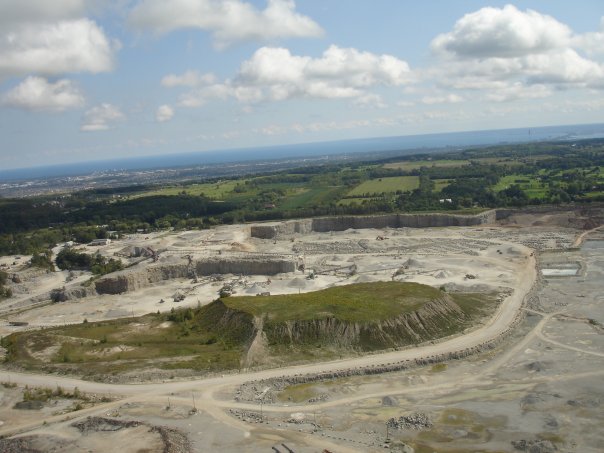March 9, 2016
BURLINGTON, ON
Do you know of another city that closes down a road so a slimy little creature that tends to breed at night can cross that road?
It happens in Burlington every year in March.
King Road from the base of the Niagara Escarpment to Mountain Brow Road will be closed from March 15 to April 6 to allow the endangered Jefferson Salamander safe passage during its annual breeding migration.

The Jefferson salamander – He isn’t exactly pretty but nevertheless plays an important role in the local environment. Comes in different colours as well.
The Jefferson Salamander is a nationally and provincially protected endangered species. Each year, since 2012, the City of Burlington has closed the same section of road for an approximate three-week period.
The city works closely with Conservation Halton to assist in the protection and recovery of this endangered species.
 “Conservation Halton commends the City of Burlington for closing King Road once again to protect the Jefferson Salamander, this is a great example of the relationship we have with our community partners,” said Hassaan Basit, General Manager, Conservation Halton. “It can be challenging to determine when is the best time to close King Road as spring weather can be unpredictable, particularly this year, however we feel confident based on the advice of our ecology staff who make the call on the best science and information available.”
“Conservation Halton commends the City of Burlington for closing King Road once again to protect the Jefferson Salamander, this is a great example of the relationship we have with our community partners,” said Hassaan Basit, General Manager, Conservation Halton. “It can be challenging to determine when is the best time to close King Road as spring weather can be unpredictable, particularly this year, however we feel confident based on the advice of our ecology staff who make the call on the best science and information available.”

One of these was enough for the people in rural Burlington. One of the reasons for not permitting an expansion of the quarry was the impact that would have on an engendered species.
The Jefferson Salamander is quite a bit more than an endangered species. A provincial tribunal made a decision a number of years ago to not allow the expansion of the Nelson quarry due in large part to the impact any expansion would have on the existence of the salamander.
In Canada, the Jefferson Salamander is found in Southern Ontario in select areas of deciduous forest, mostly along the Niagara Escarpment. Several forested areas in Burlington provide the necessary breeding, summer and overwintering habitats required by this species.
Jefferson Salamanders spend the majority of their lives underground. As the weather warms up and the spring rains begin, the salamanders emerge and migrate to breed in temporary ponds formed by run-off, laying their eggs in clumps attached to underwater vegetation. Adults leave the ponds after breeding. By late summer, the larvae lose their gills and become air-breathing (like the metamorphosis of tadpoles into frogs) and leave the pond to head into the surrounding forests.
Adult salamanders migrate to their breeding ponds in mid-March or early April during wet rainy nights. They show strong affinity for the pond in which they hatched and can be very determined to reach it, sometimes requiring them to cross busy roads.





















Sure is great to be receiving your post again…..sure missed your updates….